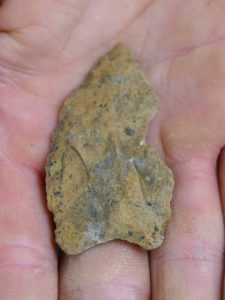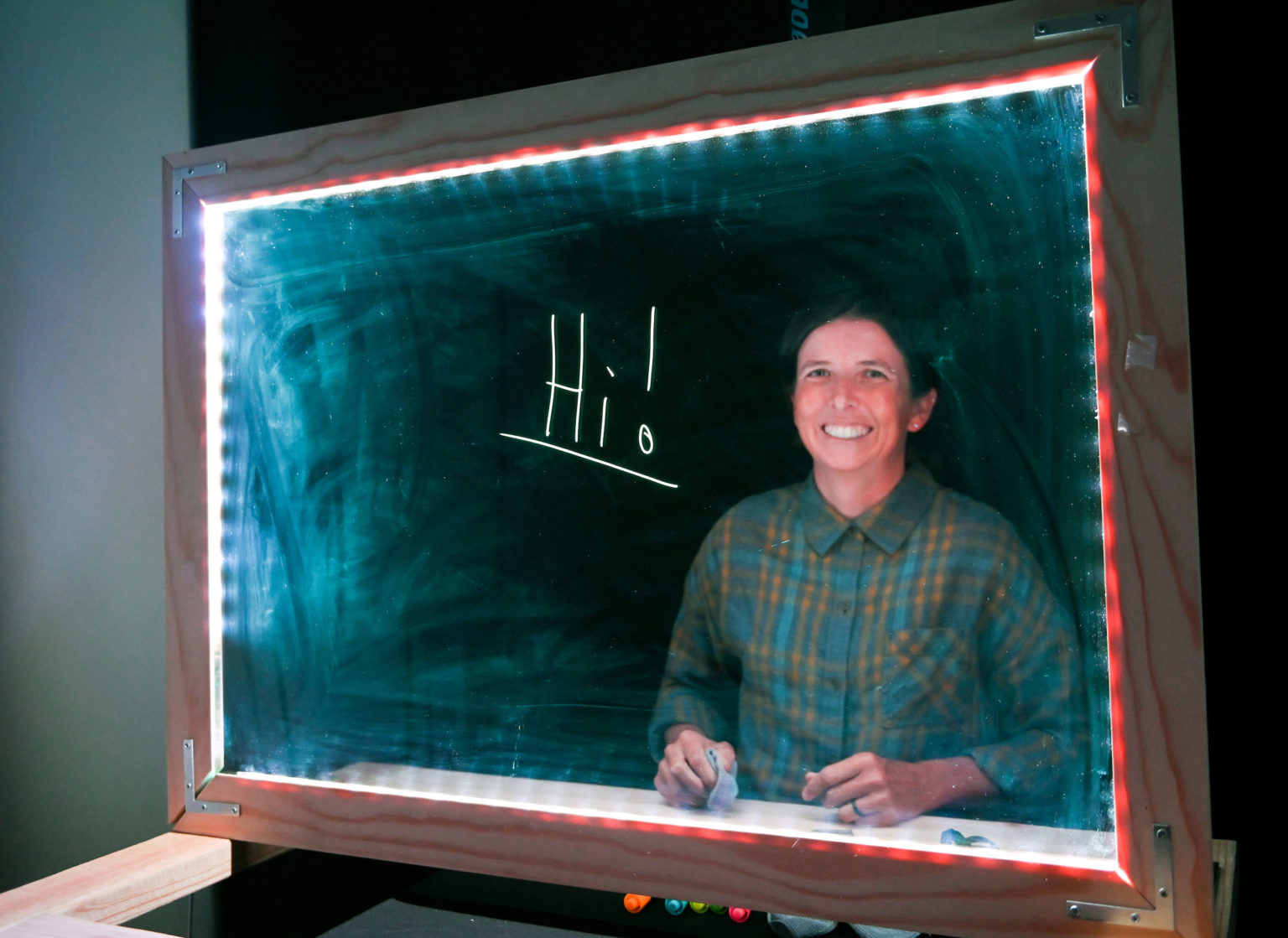Featured photo: Professor Stylianos Chatzimanolis and his students spent two years in the Tennessee Valley, capturing beetles for study.
More than two years of in-the-field research followed by more than two years of in-the-lab work.
More than 20,000 different beetles captured.
More than 50 species never before found in the Tennessee Valley.
That’s the work and findings of research conducted by Stylianos Chatzimanolis, Guerry professor in biology, geology and environmental science at UT Chattanooga. When all was said and done, 53 beetle species were documented that never had been recorded in the past in the valley.
“In my mind, this is an important discovery because we still know so little about the insects that inhabit the Tennessee Valley,” Chatzimanolis said.
Anthropology Students Burrow into the Past


Kingsley Kilgore dug into the Chickamauga National Military Park outside of Chattanooga and found something far older than a 150-year-old battle relic.
The UT Chattanooga senior anthropology major found what’s being called a projectile point because it’s not clear whether it was the tip of a spear or an arrow or something else. Whatever the point, general consensus is that it’s from the Paleo-Indian period, which ran 10,000 to 13,000 years ago.
“Actually touching something that hasn’t been touched in 11,000 or 12,000 years is pretty cool,” Kilgore said. “Definitely sent a picture to Mom.”
Over the course of several weeks, students in an anthropology class taught by Assistant Professor Morgan Smith have found, among other items, Minié balls—the bullets of the Civil War—pieces of fags, shards of 150-year-old glass, chunks of charcoal that indicate campfires and nails from wooden boxes the Chickamauga soldiers burned Battlefield, is believed for warmth.
Showing Teachers How to Teach Through Video

In the Gary W. Rollins College of Business, Sarah Canatsey helps teach the teachers.
Her title is instructional developer, but what it means is that she shows faculty members how to produce good videos, podcasts and PowerPoint presentations on whatever subject they’re teaching. She also guides professors on how to livestream, teaching a class in real time, without seeming stodgy or uncertain or, worst of all, boring.
To help that happen, the College of Business built a small recording studio on the fourth floor of Fletcher Hall during its renovation.
“We offer a lot of online classes and didn’t have a dedicated space for faculty to really come in and make good, quality videos. The idea is to give our faculty a way to make better instructional videos,” says Canatsey, who has a background in studio work, multimedia programs and setting up technology for live theater performances.


